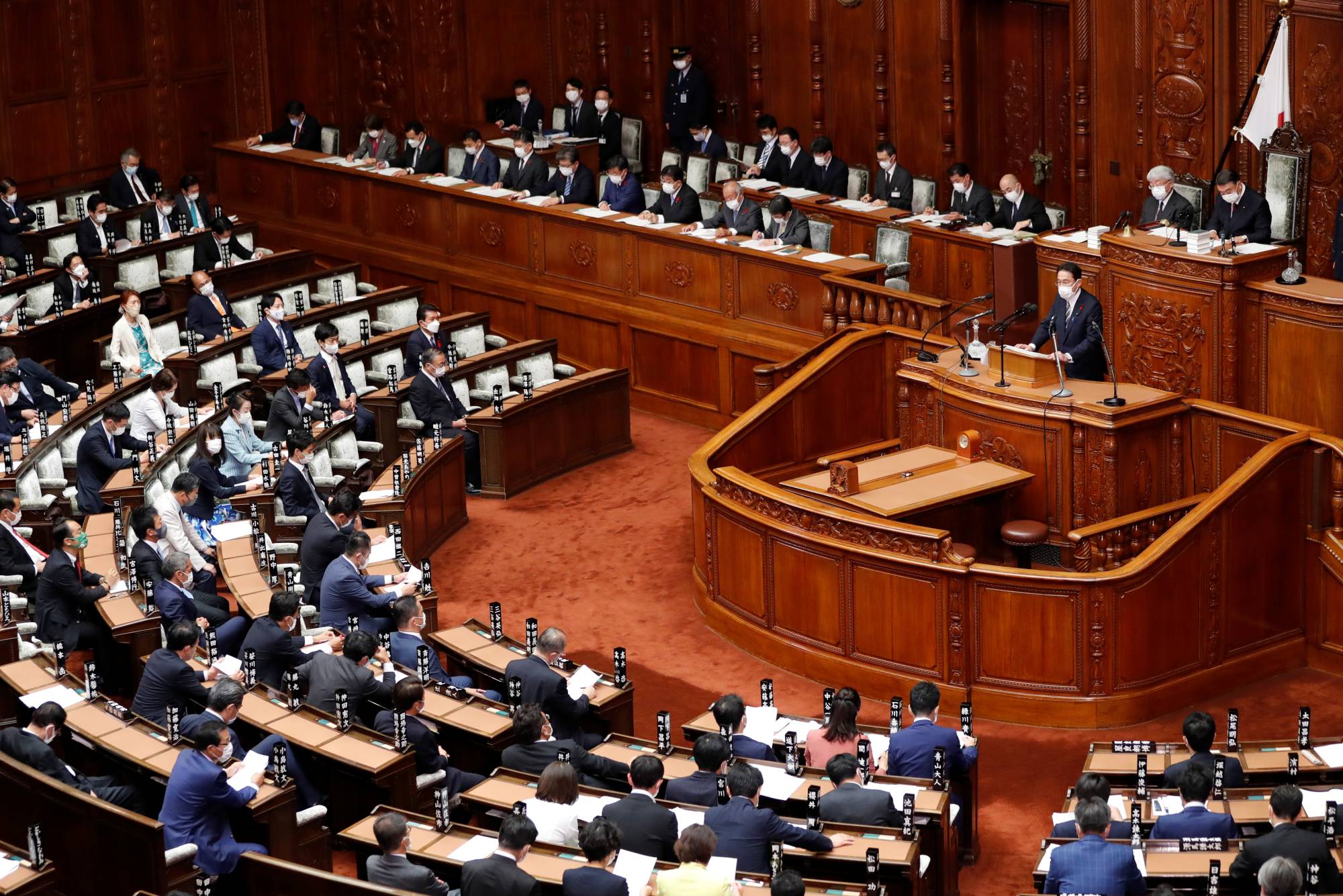Last week, Prime Minister Fumio Kishida announced that the Japanese government will double its defense spending within the next five years.
By doing so, he did something that no Japanese leader has done since the mid-70s: He shattered the self-imposed 1% of gross domestic product ceiling for the nation’s defense budget.
Since 1976 — when Tokyo imposed the ceiling — the issue of Japanese defense spending has always been a matter of politics first, practical realities second. Any attempt to breach the 1% of GDP threshold was taboo, no matter what the practical justification may have been.


















With your current subscription plan you can comment on stories. However, before writing your first comment, please create a display name in the Profile section of your subscriber account page.